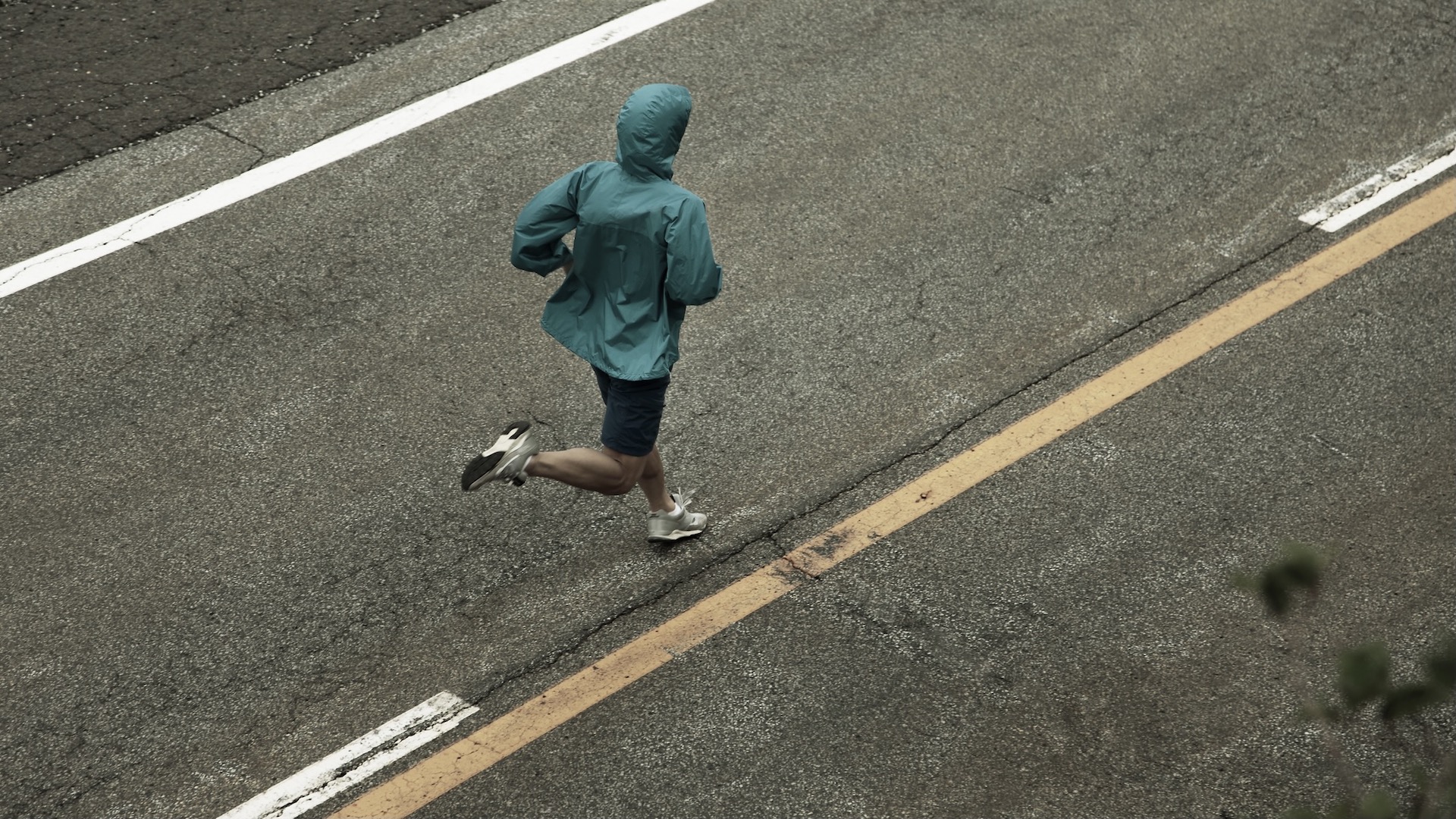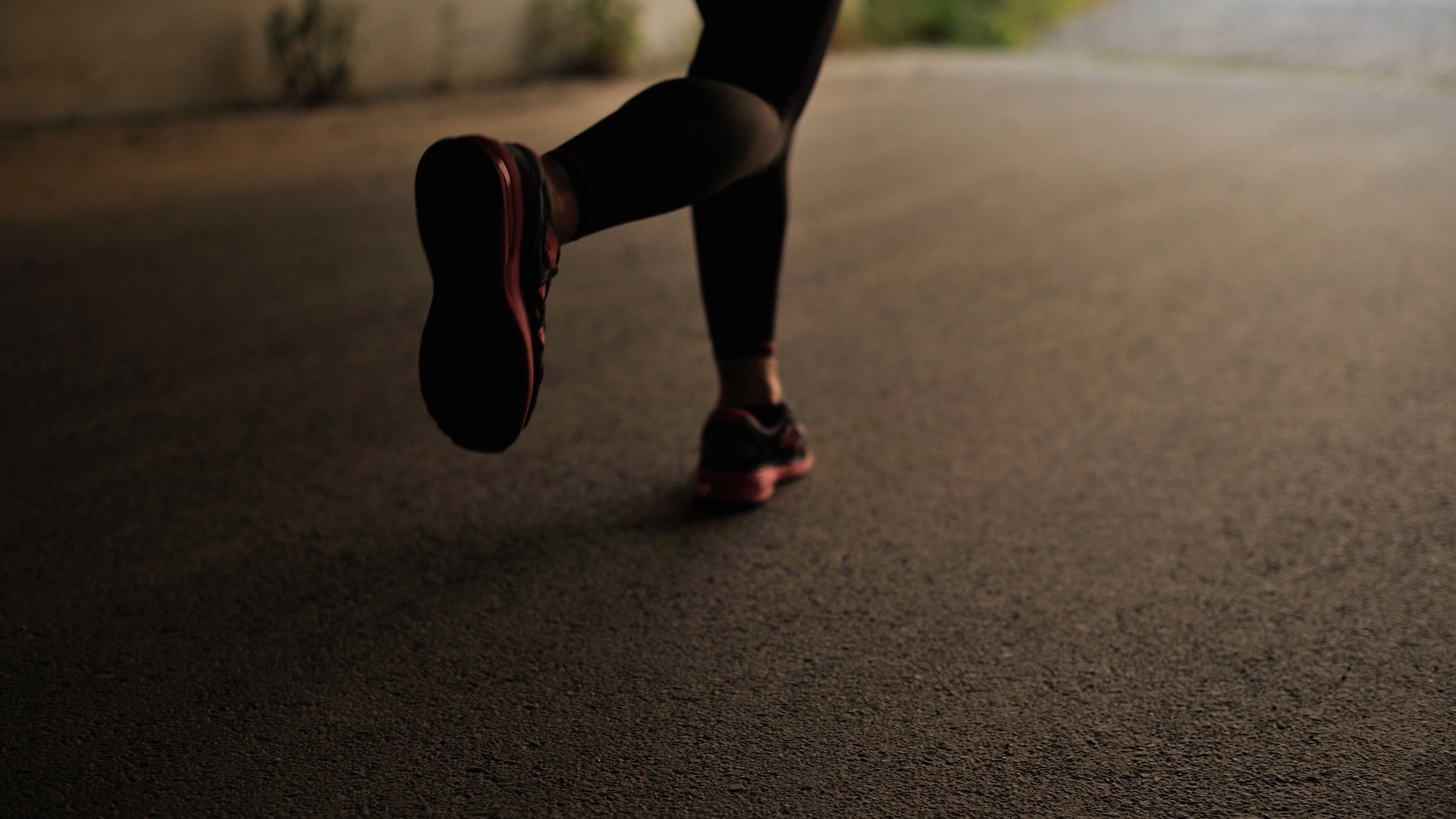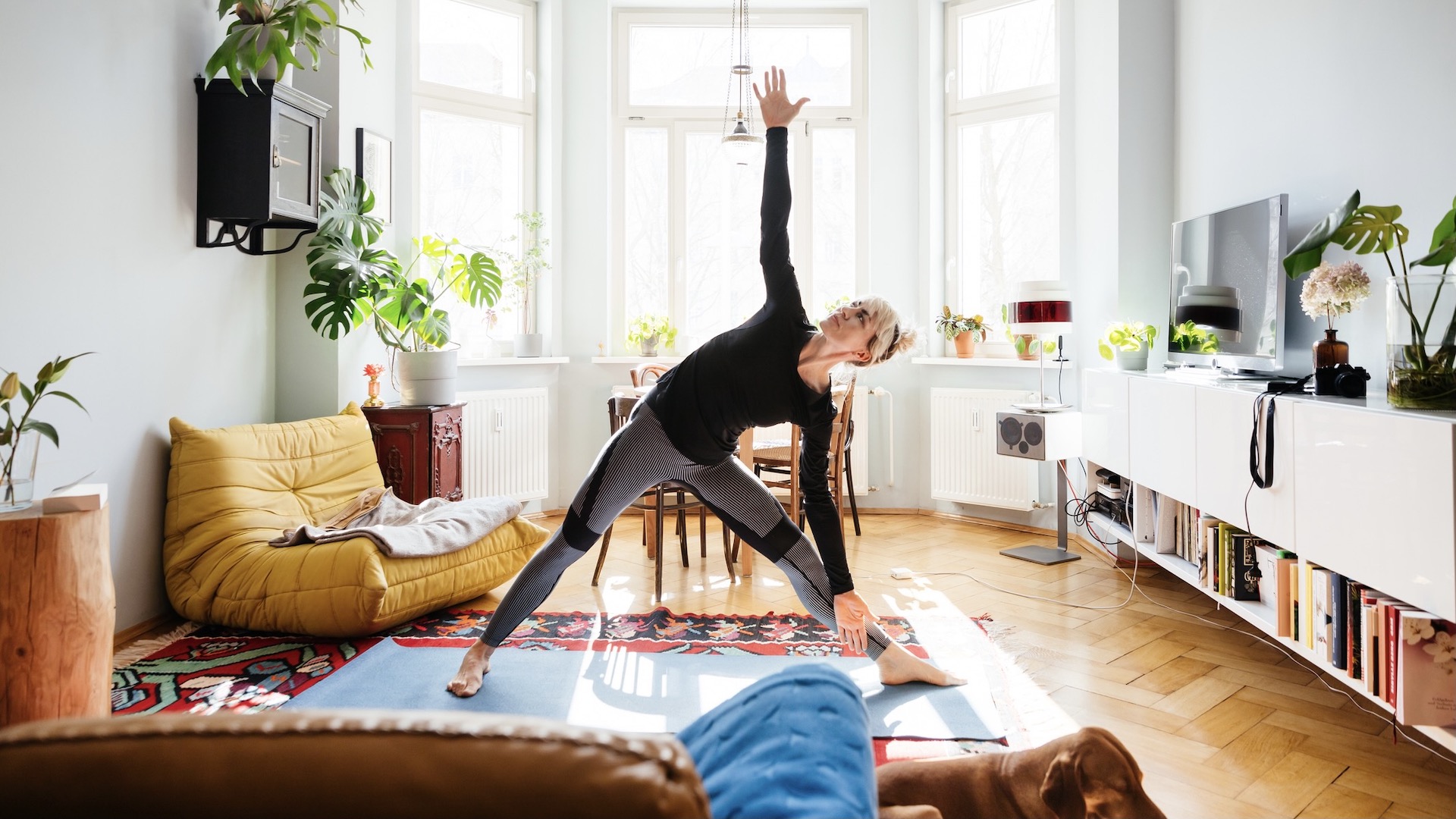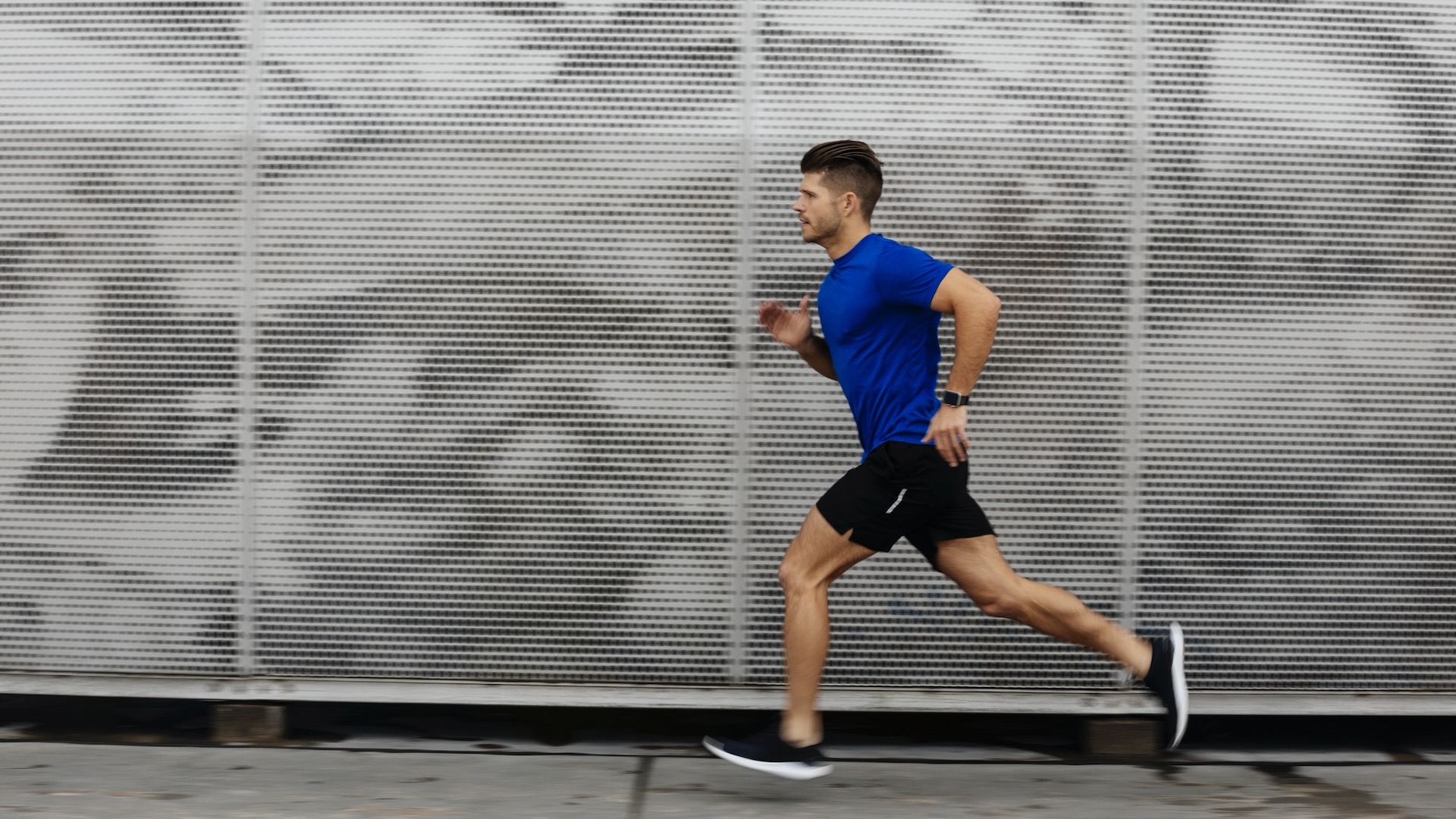How to improve running form to become a better runner
We ask the experts for tips on how to improve running technique for greater efficiency

Running is a natural activity for most people and from our early years we are physically capable of increasing the pace of a walk to a run. However, there are several reasons why your running form might not be as efficient as it could be. This guide offers insight on how to improve running form to become a better runner.
Many of us pick up niggles and injuries at different times that can affect running technique and style. In addition, we often develop bad habits and routines over many years of running that can lead to a less efficient running form. Some runners are simply unaware of how their form is negatively affecting efficiency, such as having poor posture.
However, the more efficient a runner you are the less energy you will use to run further.
Pete Wallis, a gait analysis and training executive with Up & Running, explains: “Efficiency for a runner means moving while using the least amount of energy possible. Good form will help this by reducing impact on the body. The muscles will also tire more slowly and evenly, and energy won't be wasted with each movement.”

Running techniques for better efficiency
Pete recommends that runners thinking about how to improve running form should maintain a higher running cadence for greater efficiency. He says: “Increasing the number of times our feet hit the ground in a minute can be a good starting point for better running form. A higher cadence is also a useful way to encourage the foot to land under the body with a slight bend to the knee.
“If the foot hits the ground in front of the body with a straight knee, it acts like a brake and then more energy is needed to push off the ground.
“I advise runners to think about using the hamstrings to ‘pick up’ the foot to encourage the foot to drop under the body and with a slight lean. It can almost feel like you’re falling but after a while it will feel more natural.”
Advnture Newsletter
All the latest inspiration, tips and guides to help you plan your next Advnture!
A suggested drill for 'picking up' the feet is to stand with your back to a wall with a small gap. Pick up your foot and if you clip the wall, try to keep doing the movement until neither foot touches the wall. Then think about how the muscle action feels.
“Try to ‘find’ this feeling on a run and keep practising," says Pete.
Carl Smith, a Sport and Exercise Science graduate who works with Start Fitness, explains another key factor to improve running form to become a more efficient runner is good posture.
He says: “It is important to maintain good posture throughout your run, whatever your pace.
“This is especially the case when we all spend so much time sitting down while working or studying. This often results in people having a more hunched posture and this can also happen when we leave our desks to go for a run.”
Carl states that a good running form is to make sure you run with your head up and centred between your shoulders. Another tip is to think about your head being held up by a balloon floating above you and attached by a line to the top of your head.
“Also ensure your back is straight and focus your gaze ahead of you, rather than downwards," Carl adds. "Your shoulders should be parallel to the ground and your neck and jaw should be relaxed.”

Pete recommends that another key session is hill sprints or intervals. “Runners could also try some hill sprints on a short hill, thinking about driving with the arms and picking up the feet and pushing against the ground. This will strengthen muscles with less impact than sprints.
“Walk down the hill to fully recover before the next effort. Try four to six reps and stop when you can’t stay relaxed in the arms.”
Carl adds that while it’s tempting to concentrate only on your legs and hips when running, it’s important to pay attention to your arms, too.
“Many runners hold their arms against their sides, up to their chest," he says. "However, there are more ergonomic forms depending on the type of running you will be doing.
“If you are a sprinter, you'll need to use your arms to add power to your run, which means adding full swings with your arms every time you move forwards. In contrast, long-distance runners should keep their arms as still as possible and only use small movements because this will conserve more energy for the activity.”
Other tips for improving running form
Another key part of good running form is to have a strong core and good mobility. Peter suggests strength and conditioning sessions as well as yoga.
Learning how to breathe for running could yield further benefits for improving your running technique.
Carl says: “Keeping your chest up and your breathing deep and at an even pace will help with transporting all the needed oxygen to your lungs. Before setting out on a run, try to make sure you breathe from your diaphragm. To learn how to get better at this deep abdominal breathing, lie flat on your back on the ground and slowly inhale. Your abdomen should be rising.
“You can place a book on your stomach and watch it get higher if this helps you to notice the movements. Then, exhale and your abdomen should lower again.”

Lessons learned for better running form
Pete says that rather than trying to run through a whole session with good form, runners should think about one area listed above and 'check in' on the run occasionally, asking yourself: 'How am I moving?'
“Runners can take walk breaks if they feel something has stopped working so well, then relax and reset for the next run phase," he says. “Over time, you’ll be able run for longer periods with the improvements you’re trying to make.”
Following some of these running form tips and adding them one by one to your everyday running should help to improve running efficiency, which means you will be able to run further for longer without using as much energy.
- The best trail running shoes: the perfect footwear for rugged terrain

Fiona Russell is a widely published adventure journalist and blogger, better known as Fiona Outdoors. She is based in Scotland and is an all-round outdoors enthusiast with favorite activities including trail running, mountain walking, mountain biking, road cycling, triathlon and skiing (both downhill and backcountry). Aside from her own adventures, Fiona's biggest aim is to inspire others to enjoy getting outside and exploring, especially through her writing. She is also rarely seen without a running skort! Find out more at Fiona Outdoors.
